A quick look inside Memorial’s photo archive – Soviet repressions, dissidence, and remembrance
On 28 December, 2021, the Supreme Court of Russia ordered Memorial International to be "liquidated" for violations of the foreign agent law and creating a "false image of the Soviet Union." Over the past three decades, the organisation has been studying the crimes of communism and preserving the memory of the victims. They have created unique archives, virtual databases, published many books, and carried out other educational activities. The photo archive was created during Memorial's founding years when the regime's victims and their loved ones began donating images to the organisation. It mainly consists of photographs depicting Soviet repressions, GULAG history and dissident movements. A small number of those photos are available in an electronic archive.
The electronic database contains photographs from the archives of Memorial’s various branches. Currently, only 803 photos are available online. The total size of the photo collection is about 12,000.
The stated goal of the archive is to "preserve the memory of the tragic pages in the history of our country, to collect historical evidence of the state terror and its victims, the resistance to the regime, and the difficult everyday life of the Soviet people.” All online materials can be ordered and used free of charge for all educational and research purposes , making the archive an essential source for historians, journalists, and teachers, among others.
The photos in the electronic archives are divided into three categories: 1) Political repressions in the Soviet Union 1917-1956; 2) Political repressions and resistance 1956-1986; 3) The activities of Memorial from 1987 to the present day.
Political repressions in the Soviet Union 1917-1956
This part of the collection contains photographs of forced labour and prison camps, dating from the Soviet Union’s revolutionary beginnings to the demise of its infamous dictator Joseph Stalin. Among those crimes depicted are those of the Solovki prison camp (established 1923) and the construction of the White Sea Canal (began 1931).
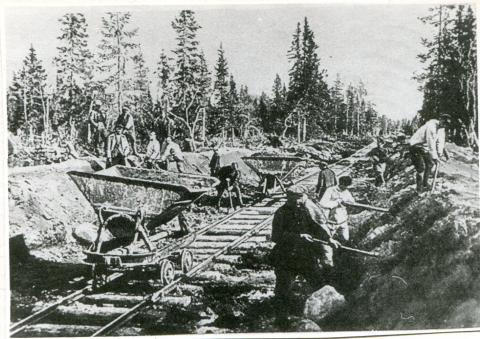
At the time, photography was forbidden in the camps. Still, some pictures were taken, sometimes by camp chiefs to illustrate reports sent to administrative centers, and other times by security officers (for instance, for a souvenir or wall newspaper).

Some photos were even covered in the mass media at that time. For example, the image below was published in the magazine "Kolyma" for the 15th anniversary of the Dalstroi Trust in the Magadan region.
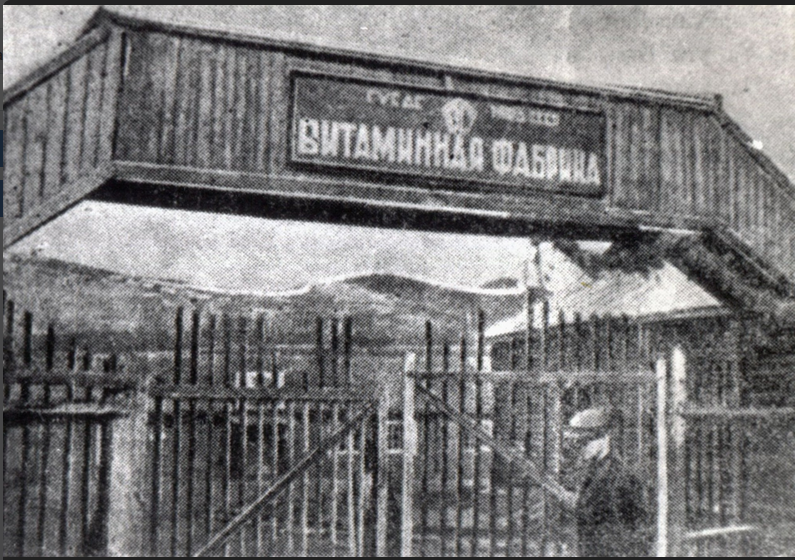
Many of the photos in the collection reflect the political processes of the time and the violence that accompanied them, such as the persecution of religious minorities, shootings, and deportations, among other forms of repression.
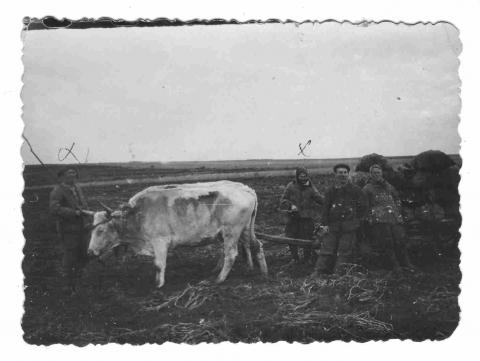
Political repressions and resistance 1956-1986
This collection contains photos of dissident movements, meetings, trials, and other such themes of the post-Stalinist period
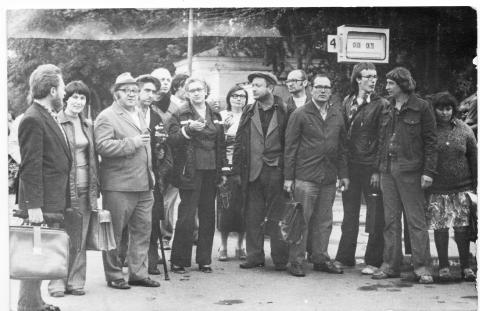
There are also photos of detention centers of this era: prisons, camps, and psychiatric hospitals, among others.
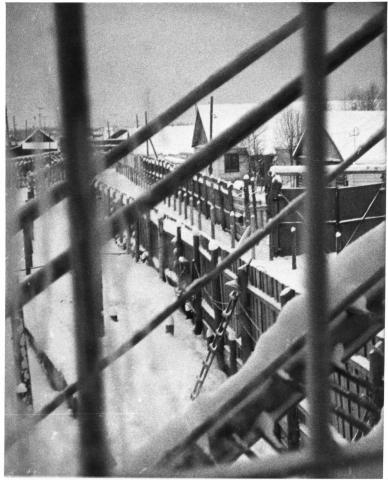
The activities of Memorial from 1987 to the present day
Memorial was founded in the late 1980s amidst the unprecedented transparency and freedom of thought brought about by the new policy of glasnost. Accordingly, this collection contains many photographs from the group’s founding years. These are valuable sources of history that reflect the history of the organisation, and indeedthe entire country: first meetings, demonstrations, rallies, and other such initiatives to preserve the memory of the victims of political repression.

Among those specific events depicted in the collection are the Week of Conscience in December 1988, and the unveiling of a monument to the victims of Stalinist terror on October 30, 1990 . These initiatives of Memorial elicited a strong, largely positive public response at the time.
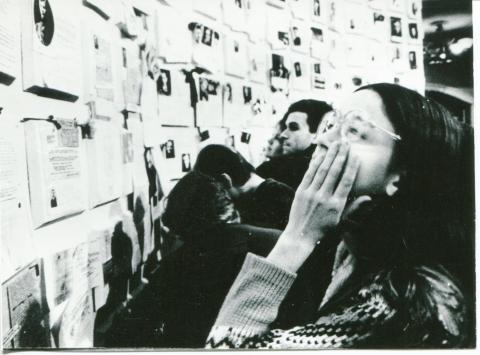
This collection also reflects the varied activities of Memorial's branches, including excavations of mass graves, the unveiling of new monuments, human rights advocacy, and the hosting of memorial events, educational activities, exhibitions, and conferences.
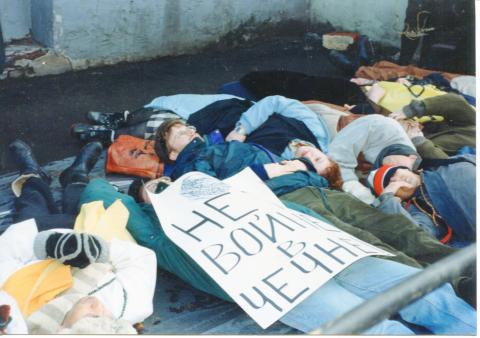
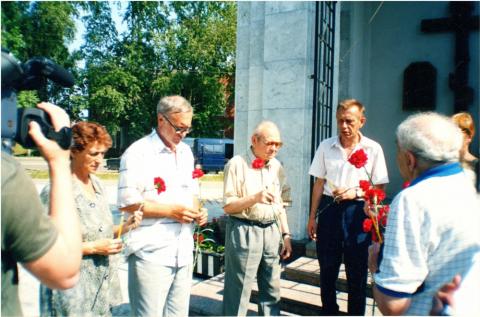
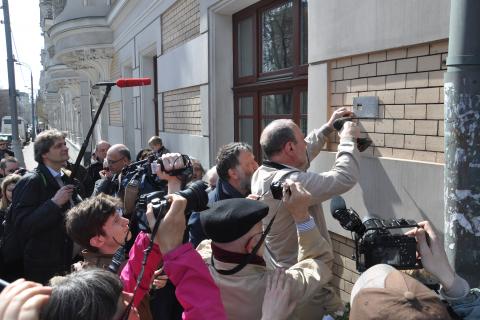
The online photo collections can be viewed in full HERE.
Kasutatud materjalid
Международный Мемориал, Фотоархив. http://www.foto-memorial.org/ (visited 5.01.2022)